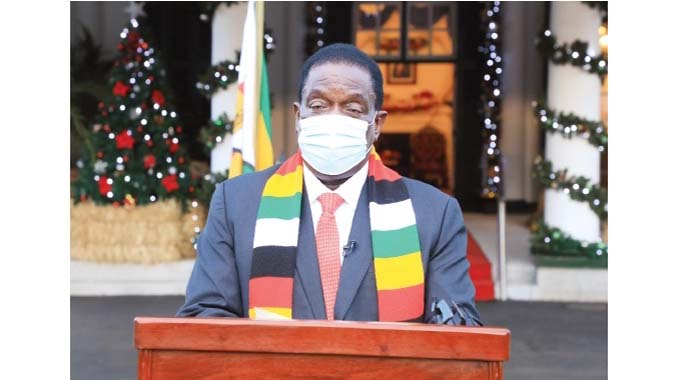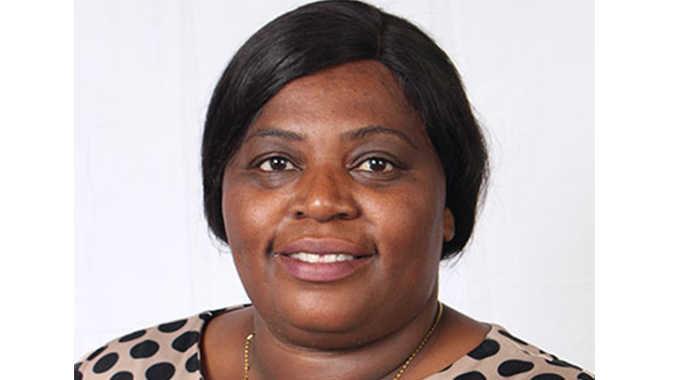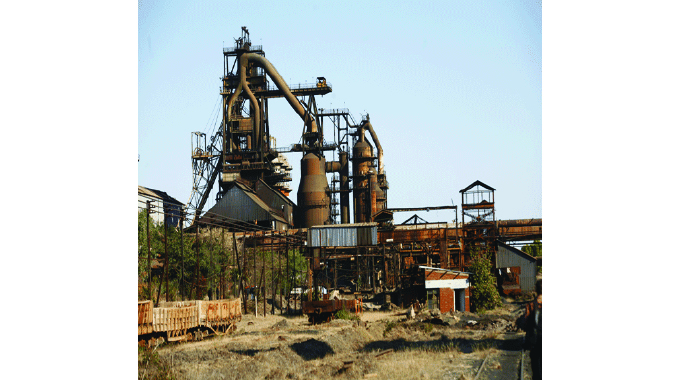Presidential Horticulture Recovery Programme — A major boost for fruit production in Zimbabwe

Fortunes Matutu, Correspondent
FRUIT trees are important horticultural crops responsible for generating tens of billions of dollars per year to the global economy and a major source of income for growers and allied businesses worldwide.
The production of fruits is a robust safety net for food and nutrition provision for communities as fruit trees are inherently resilient to climate-induced failures, unlike agricultural crops.
Their consumption contributes to the well-being of the population and ensures healthy diets.
They further, contribute positively to their environment by providing oxygen, supporting wildlife, improving air quality, conserving water, preserving soil and climate amelioration.
On 16 December 2021, His Excellency President Mnangagwa officially launched the rural horticulture and growth recovery programme at Makorokoro Village in Mangwe District.
In line with Zimbabwe’s vision to become an upper-middle-income economy by 2030, the Zimbabwe Horticulture Recovery and Growth Program is a vital milestone in the implementation of the Agriculture and Food Systems Transformation Strategy, reversing deforestation and increasing climate resilience.
Horticulture can increase food security, replace imported goods, increase exports, create jobs, and raise household incomes.
There are generally six components that make up the horticulture recovery program: nutritional gardens, virus-free elite planting material, rural agro-industry development, youth in horticulture projects, research and innovation for indigenous vegetables and fruit trees production.
And due to its favourable climate and vast land, Zimbabwe is a great country, suitable for fruit production.
The programme launched by President Mnangagwa targets to plant 18 million fruit trees by 2025; 10 fruit trees per household in 25 000 villages as well as 300 fruit trees for every school in the country.
Fruit trees do not only provide the pleasure of picking up free fresh fruits within your home, but also contribute to a healthy ecosystem and increase property value.
Furthermore, trees and fruits contribute to biodiversity conservation by providing food and habitat for fauna.
At least 52 500 ha of land will have fruit trees planted, contributing to increased forest cover, reduced carbon footprint and providing essential ecosystem services.
The small patches of orchards around schools and homes will form pseudo-green belts as well as provide fruits for learners.
The greenbelts provide the vital resources that clean our air and water; reduces flood risks and protection against climate change.
For example, well-forested areas reduce the heat island effect of settlements and provide a cooling function across much wider areas.
The horticulture development programme also seeks to encourage a more entrepreneurial mindset among households by commercializing fruit trees and other horticulture products.
Under this programme farming communities are encouraged to venture more into the citrus (orange, lemon, grapefruit, nartjies and lime), granadilla, apple, mango, guava, macadamia, pecan and cashew nut production.
These value chains have highly lucrative and ready markets for raw fruits and processed products in Asia and Europe.
From four years on, the produced fruits will add approximately 4 million tons of fruit to the Zimbabwean economy, increasing employment opportunities along the value chain of fruit production in the country.
In addition to reducing import costs of fresh fruit and fruit-processed products, Zimbabwe will be able to generate foreign currency through exports of excess fruit produce.
According to Mordor intelligence report on Zimbabwe fruits and vegetable market — growth, trends, Covid-19 impact and forecasts 2021-2026; in 2018, fruits topped the Zimbabwe market in terms of production, accounting for about 266,145 metric tons, up from 262,168 metric ton in 2016.
It has also been noted that Zimbabwe exports a higher volume of fruits compared to vegetables to neighbouring countries like South Africa, Zambia, Vietnam, the United Kingdom, Bahrain, and so on.
In 2019, the exports of fruits from Zimbabwe were valued at around USD 33,803.0 million, up from USD 18,111 million in 2016.
Thus, fruit production and exports dominate that of vegetables in the country.
This clearly demonstrates that exporting fruit trees and fruits has great potential.
By establishing nurseries and supplying seedlings to farmers, the horticulture recovery programme will increase fruit production by addressing the high cost of setting up orchards.
The first phase of the planting will run until December 2022, with a goal of planting 500 000 trees.
Each targeted household will be given 10 trees of each fruit variety, depending on the suitability of the fruit tree to the agro-ecological region and potential income to be generated.
To achieve this, the government has adopted the “whole-of-Government approach” to mobilise participants into the implementation of this special programme.
Various government arms with a stake and role in the programme will be co-ordinated by the Ministry of Agriculture, Lands, Water, Fisheries and Rural Resettlement in its implementation.
Forestry Commission is involved in the Presidential Rural Horticulture Recovery Plan/Scheme mainly for the production and supply of tree seedlings, training technical personnel on tree seedling production, tree care and tree growing.
In line with its mandate to provide for the development, conservation, protection and sustainable management and utilisation of all forest and tree resources for socio-economic development; The Forestry Commission has begun to implement a tree planting programme that will ensure horticulture recovery.
Forestry Commission in liaison with the Ministry of Agriculture has identified and established fruit tree production nursery sites and produced a database for seedling requirements for all the provinces.
“Forestry Commission working with various arms of government will have a role in the establishment of fruit tree nursery infrastructure, production of improved varieties of fruit tree species for distribution to households, training of recipients of fruit trees and establishment of a tissue culture facility for enhanced propagation of required fruit tree propagules,” said Ms Violet Makoto, the information and communication manager for Forestry Commission.
Once given proper plant material, equipment and techniques the onus is upon farmers to ensure they take care of the fruit trees to ensure increased production.
With training and mentorship, farmers should be able to adopt a culture of tree growing and tree care to enjoy the benefits of having fruits, the intrinsic ecosystems services from the trees and the envisioned an economic boom that will make the vision 2030 possible.
l Fortunes Matutu is a forester with the Forestry Commission and has a special interest in social forestry.











Comments